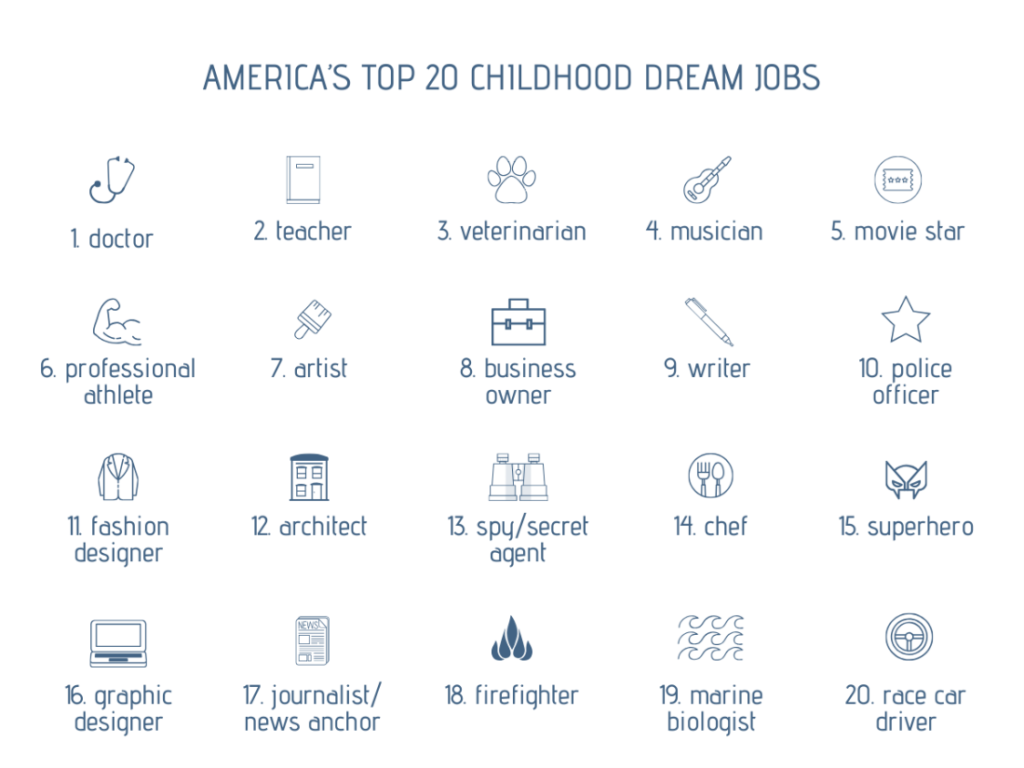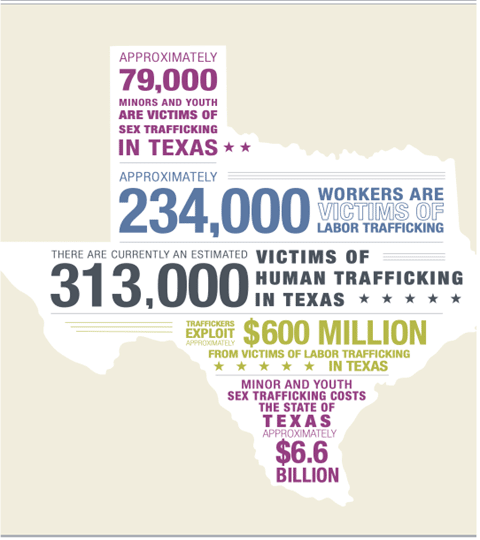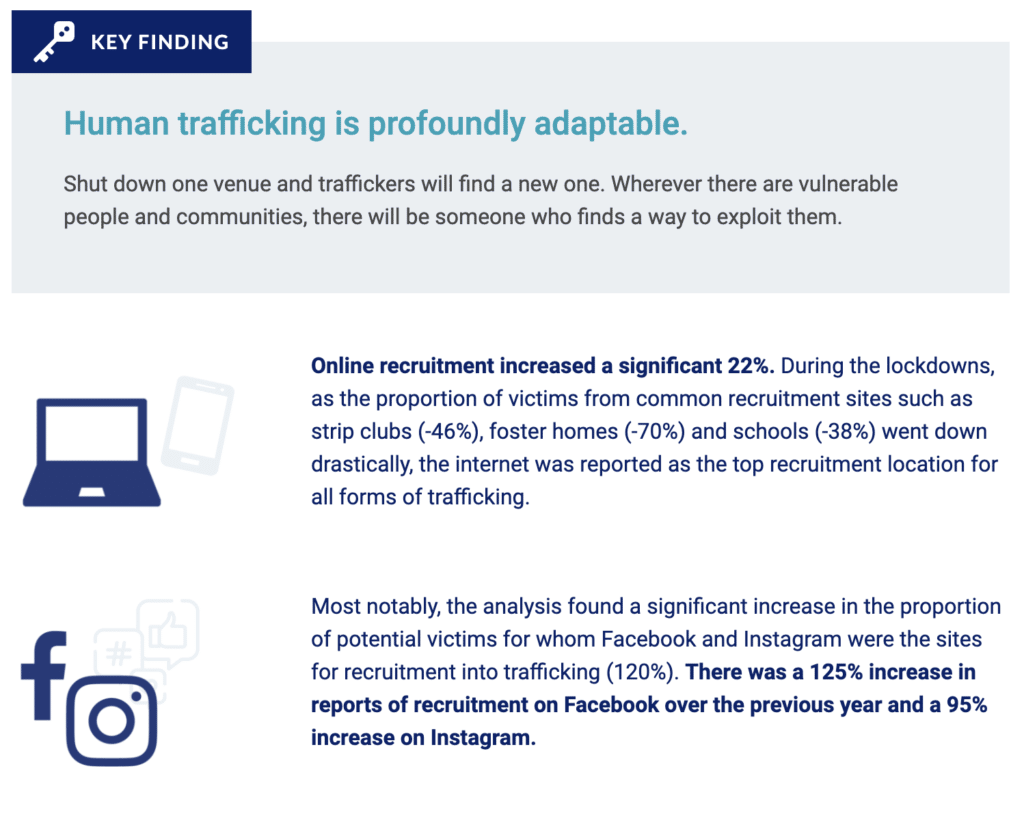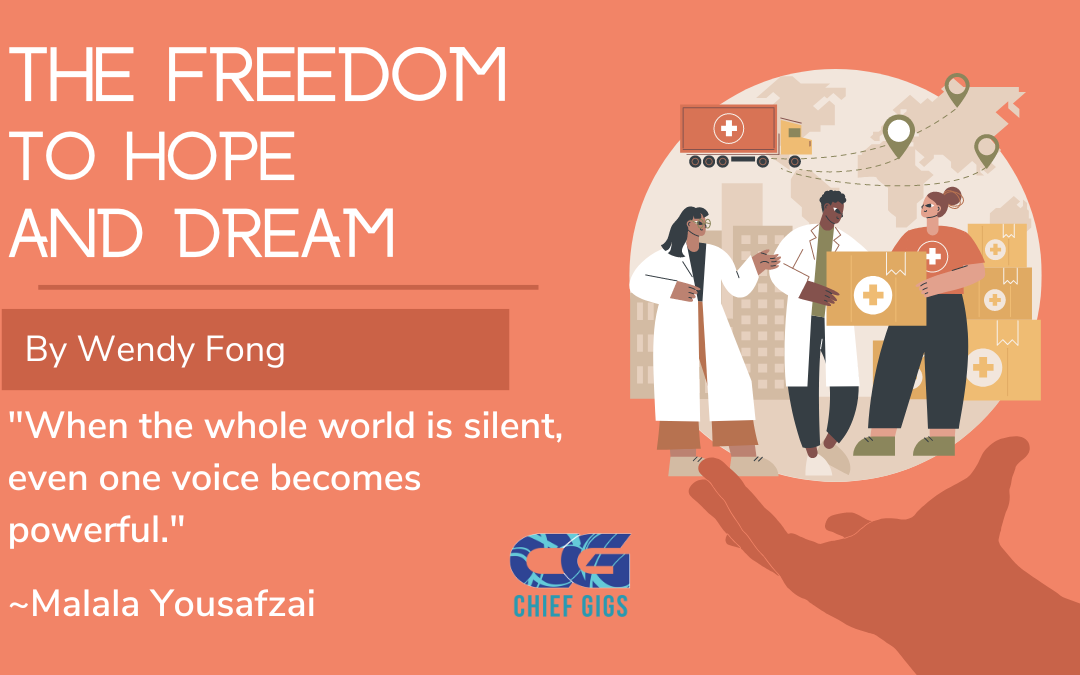What do you want to be when you grow up?
It’s fun to dream, isn’t it? In fact, based on a survey by Zety, here are the answers from two thousand respondents. When I was a kid, I wanted to be a teacher because I saw how many gifts they got at Christmas. I’ll circle back to this later…

World Humanitarian Day is typically reserved to celebrate humanitarian aid workers all over the world and increase public awareness of ongoing challenges worldwide.
In the month of July, we celebrated our freedom. I want to take the opportunity to highlight that many people living in the United States, are still not free. They are victims and survivors of human trafficking.
Human Trafficking Primer
In the US? Doesn’t that just happen in developing countries? The answer is no.
“The International Labor Organization (ILO) in partnership with Walk Free Foundation in 2017 estimated that 4.8 million people are victims of sex trafficking worldwide. However, as large and devastating as that number is, sex trafficking only represents a small portion of the global human trafficking problem. In all, there are 20.1 million people worldwide who are victims of labor trafficking.“
Learn more:
Everything You Need to Know About Labor Trafficking
Here are the stats in Texas from 2016:

Expansion of Human Trafficking Through Technology
With the advent of the internet, it has been much easier for criminals to recruit and sell the people they victimize. I won’t go into the details here, as so much has already been written on this topic. Here are some resources to review:
Read a real-life example of grooming here.
From The Polaris Project
Post-Trauma Responses for Victims of Human Trafficking

So, I started the blog talking about what we dreamed we could be when we grew up.
These wonder-filled aspirations we have as children are not experienced by everyone. Survivors of human trafficking have undergone such immense trauma that they no longer comprehend how to hope or dream.
“Victims of human trafficking may suffer from anxiety, panic disorder, major depression, substance abuse, and eating disorders as well as a combination of these. Post-trauma responses like those outlined above reportedly contribute to problems with functioning, including difficulties controlling emotions, sudden outbursts of anger or self-mutilation, difficulties concentrating, suicidal behaviors, alterations in consciousness (dissociation), and increased risk-taking.” Treating the Hidden Wounds: Trauma Treatment and Mental Health Recovery for Victims of Human Trafficking.
So, even if a victim is freed from their trafficker, they are not free:
- To get a job or go to school. Victims could lack the confidence that they can perform to the level expected.
- From the fear that they may be triggered. They may have a heightened response that may be seen as inappropriate, defiant, or insubordinate to their
- To sleep well to prepare for the day ahead.
How Organizations are Leveraging Technology
Survivors of human trafficking need a network of services not only to help them escape modern-day slavery but to thrive in their new life. Since the needs of each survivor are different, there is no single path. United Against Human Trafficking is using Salesforce to create Pathway, an inter-agency collaboration tool so case managers can access resources in one central location, ensuring no survivor falls through the cracks.
This model has been so successful that they have been asked to consult other coalitions around the country.
Read a story of how case management can help provide stability to survivors as they heal – How Natalia Found Freedom From Jail Through Case Management

I’ll conclude with this photo, which I took in Liberia in 2013. My hope is that we can work to free those who are not free and heal those who are hurt, so they can learn to hope.
#worldhumanitarianday #humantrafficking #antihumantrafficking #salesforce #TheHumanRace


Trackbacks/Pingbacks